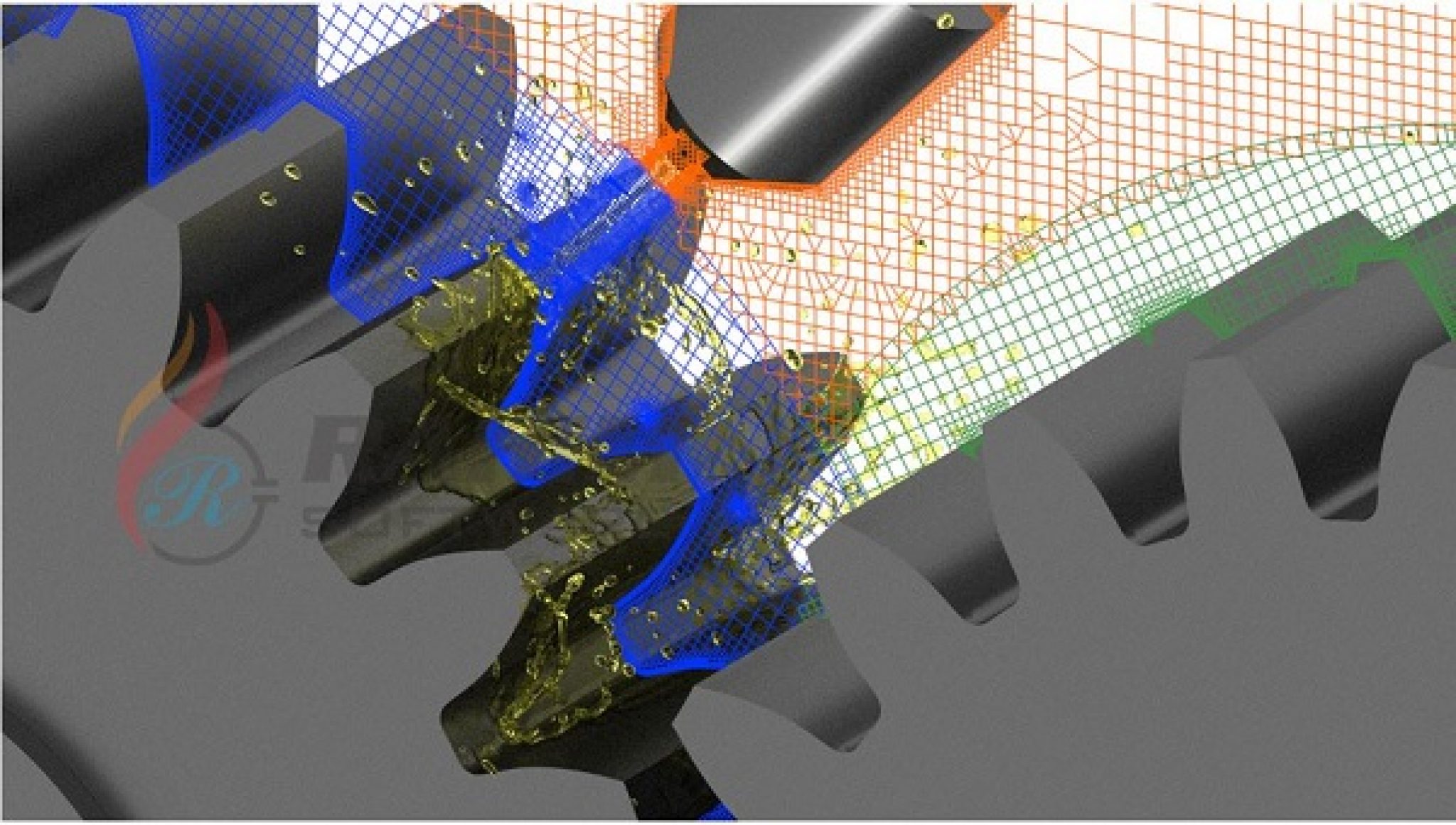

Here's an example of what I meant, plus a bonus curious finding. The last thing they'd want is for the software to start enhancing in that zone, messing up that smooth transition. Some people look for that quality and want to see it in their photographs.

Think about that special lens you might have that provides a wonderfully smooth transition from the in focus to the out of focus area. At the limit, the software would restore all of the detail one was trying to blur by using a lens with a large aperture. In the same way that you might want to add sharpness in the subjects eyes, but not on the skin of the face, you might want to brush in "Super Resolution" (or use gradients, etc.) in some areas but not others. Tools like this might be more useful (in some cases at least) if they were local rather than global adjustments. There probably were lots of tree branches in the training set too. The same thing happened with tree branches in the foreground. If the algorithm enhances what it recognizes from the training set more than what it doesn't, then images conceivably will have a weird new kind of "artifact" - clearly legible writing in zones that are meant to be out of focus. Letters and numbers in various fonts probably also were part of the training set.

However, the SR tool recognized the letters and "improved" the sign whether or not I thought it should be more legible. The writing should be blurry because the sign was located in the part of the image that was outside of the zone one would expect to be in focus in that image. It highlights an issue I thought of as soon as I tried Super Resolution on an image that had a sign in a foreground area with almost legible writing.


 0 kommentar(er)
0 kommentar(er)
